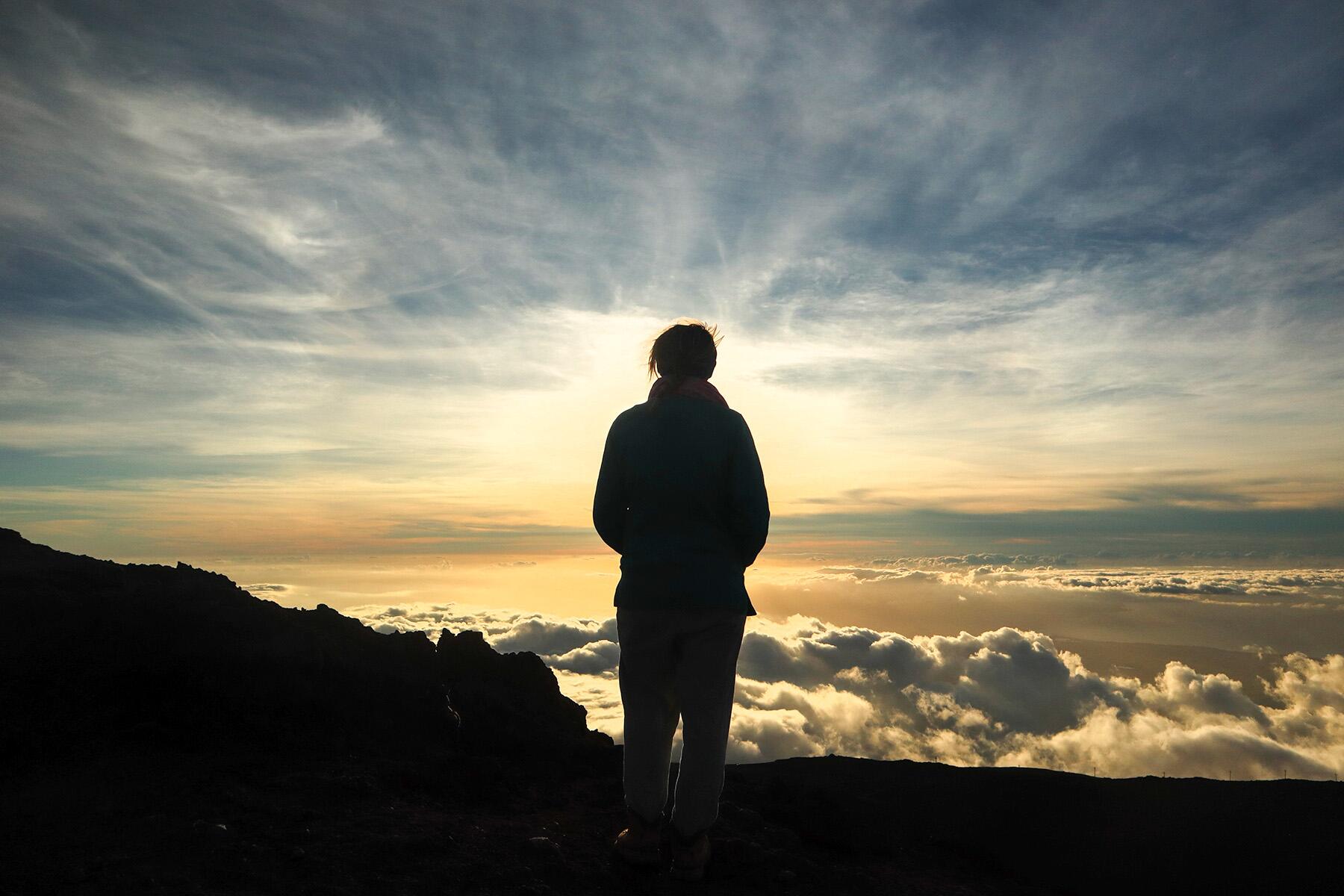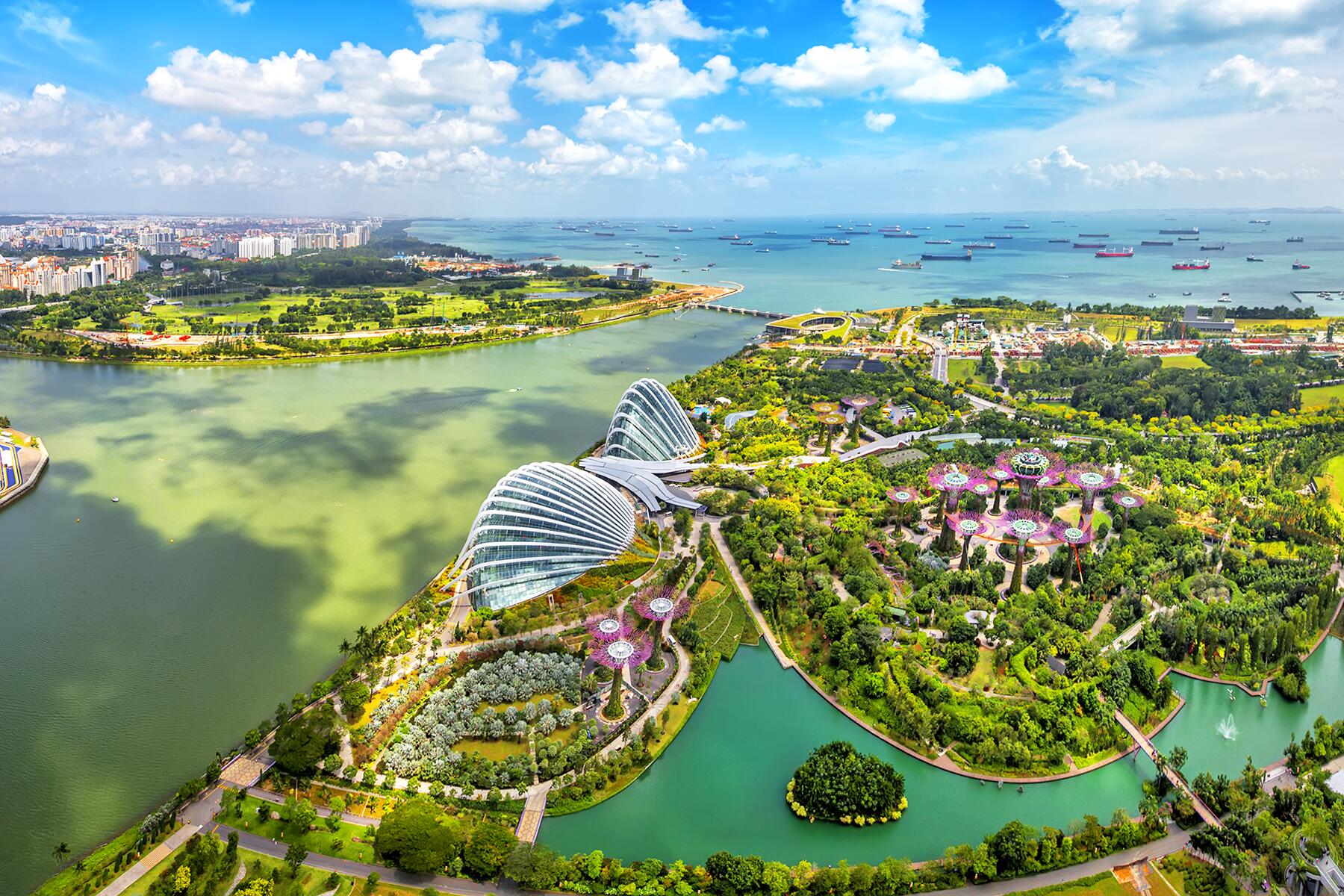There’s little point in using the weather to decide when you visit Singapore; instead, look to the key events celebrated in the city.
In reality, there’s no such thing as a bad time to visit to Singapore. Perched on the equator (or just 85 miles above it, to be precise), Singapore has one of the world’s most consistent climates–temperatures rarely go below 75 Fahrenheit or above 87 Fahrenheit.
The hottest months in Singapore are May and June, while the humidity is at its highest between April and May, but a word of warning–these months are also when some of the country’s most exciting events take place. But panic not–we’ve come to the rescue with our guide to the best times to visit Singapore, basing our advice not only on climate but on which events happen when.
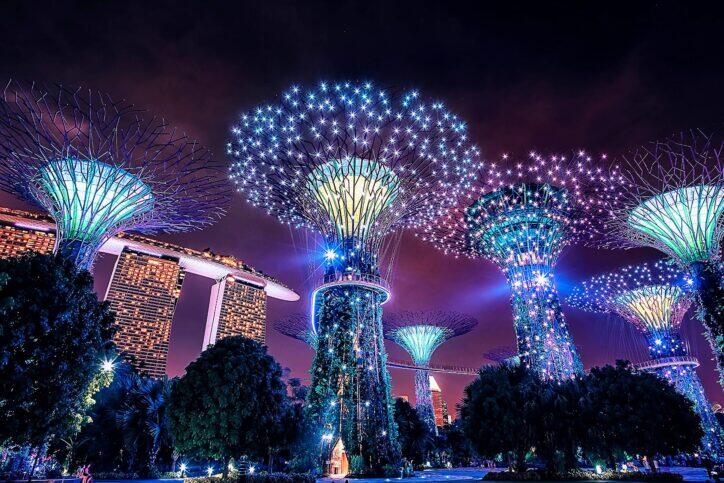
What Is Singapore Like in the Winter?
Winter–if you can call it that, given the balmy weather–is a great time to get an art fix in Singapore. This is when the annual Singapore Art Week takes place. The event, launched in 2013 by the Singaporean government, showcases work from some of Singapore’s top artists, along with pieces by talent from all over the world. It’s an incredibly accessible event featuring art trails, performances, light installations, and exhibitions held throughout Singapore–not only in museums and galleries but also in parks and at iconic locations such as Marina Bay.
Recommended Fodor’s Video
At the event held in January 2023, for example, highlights included a showcase that paid tribute to Singaporean artist Ho Tzu Nyen and involved paintings, films, and theatrical performances at the Singapore Art Museum, while the National Museum of Singapore was the setting for a brilliant exhibition which focused on the history of plastic and which was the result of a collaboration between the Victoria and Albert Museum in Dundee, Scotland and Germany’s Vitra Design Museum.
For a truly dazzling art fix–in every sense of the word–don’t miss Light to Night, which typically takes place at the end of January and the beginning of February. During this hi-tech event, spectacular artworks are projected onto buildings in Singapore’s Civic District, and every year, new buildings–from malls to museums–are added to the collection of urban canvases.
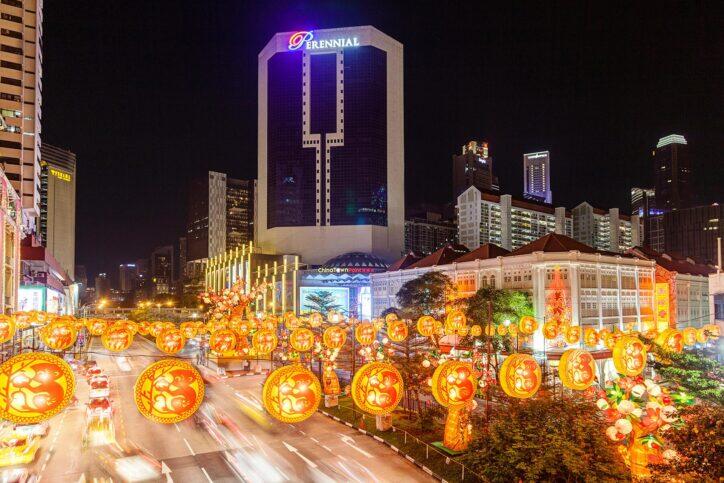
Celebrating Chinese New Year in Singapore
Singapore takes its Chinese New Year celebrations seriously. They typically take place from around mid-January to late February (the exact dates vary, as the start of the festivities depends on the appearance of the new moon). Expect everything from cooking workshops and pop-up restaurants to traditional dance performances and art exhibitions. Chinese New Year celebrations take place throughout Singapore, but the biggest and brightest events are in Chinatown, a vibrant heritage district packed with cultural institutions such as the Buddha Tooth Relic Temple and Museum. This is one of the best times to enjoy traditional Chinese delicacies such as nian gao–ornate cakes made with glutinous rice flour and typically served during Chinese New Year.
Chinese New Year is a great example of an event that can make it harder to bag a hotel room, but it is also one of the best times to visit Singapore. Another is Holi, the Indian festival. Singapore has a huge Indian community, and Little India, close to Orchard Road, is a fantastic spot to enjoy the celebrations–just be prepared to find yourself pelted with colorful powder.
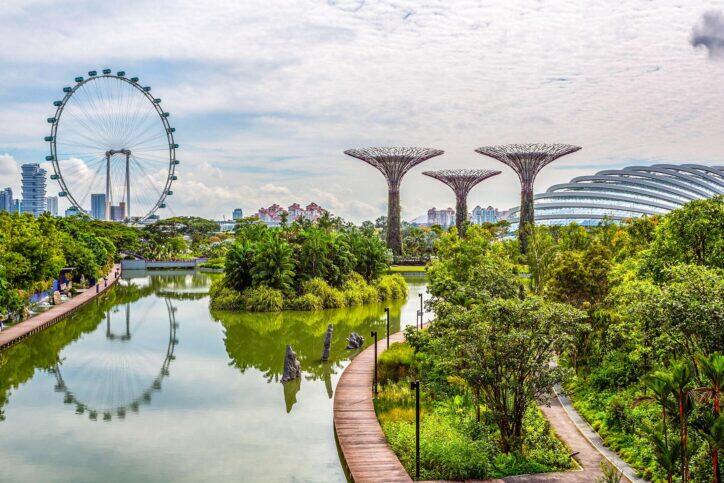
Visiting Singapore in the Summer Months
June and July are the hottest months (albeit only by a few degrees Fahrenheit) in Singapore. Respite comes towards the end of summer with the arrival of the Southwest Monsoon, but don’t panic–this is a much lighter version than its Northeastern counterpart, and showers are typically short and sweet.
Got a need for speed? The Singapore GP, held in September, is F1’s first night race and Asia’s first street circuit. Its tight, twisting turns are the reason it’s considered the F1 calendar’s most exciting event. Love a stat? The safety car has made at least one appearance at every single Singapore GP, while races regularly run to the two-hour limit due to incidents (and these have, in the past, included iguanas making kamikaze dashes across the track). This is a race where spectators have learned to expect the unexpected. In 2023, for example, driver Carlos Sainz’s victory brought an end to Red Bull’s 15-race winning streak (the longest winning streak for any team in F1 history) here. It’s also one of the more sustainable events – eco-friendly LED lights are now used to illuminate the track, which weaves through the Marina Bay area.
The result? A sports venue that is four times brighter than the average stadium. But spare a thought for the drivers–the sauna-like conditions experienced by drivers (the result of high humidity levels) mean they often lose up to four kilograms of fluids during the course of a race. Fancy splashing the cash? There’s no shortage of fantastic hospitality packages on offer, whether it’s Twenty3, where visitors can feast on delicious cuisine prepared by chefs from around the world, or the Amber Lounge, the exclusive post-race nightclub. Not that you have to blow the budget to enjoy some post-race entertainment, to be clear – the race has a reputation for serving up the best post-race performances on the stages dotted between the grandstands, and all of these performances are accessible to fans with race tickets. Previous performers have included Green Day, Robbie Williams, The Killers, and Maroon 5.
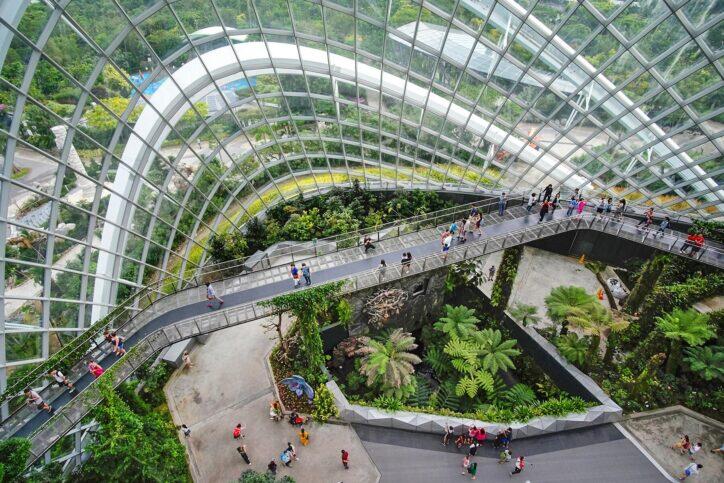
November and December in Singapore
November and December are (marginally) cooler in Singapore–which will come as a relief to marathon runners taking part in the Singapore marathon, which takes place on the December 1 (unlike with the F1 drivers, we haven’t got any stats relating to how much fluids participants lose, but we’ve got a sneaking suspicion it’s a similar amount to Lewis Hamilton and co).
Early December is also when Deepavali–the Hindu festival of lights–takes place, and some of the most spectacular light installations can be found in Little India. There are more stunning illuminations – albeit of a different kind–at the end of December, when areas such as Orchard Road and Marina Bay are bedecked with Christmas lights, shortly before the country’s famous New Year’s Eve fireworks display. The towering Marina Bay Sands is often at the heart of these extravaganzas (which is hardly surprising given it’s one of Asia’s tallest hotels), although in recent years, Sentosa Island has upped its game with stunning pyrotechnics, followed by parties on palm-fringed Siloso Beach. Eat your heart out, Bali.
Finally, it’s worth reiterating that although the year-round hot, sunny weather means there’s little point in using the weather to decide when you visit Singapore, taking the time to research when key events such as the F1 and Chinese New Year take place can pay huge dividends. This is simply because Singapore is one of the world’s smallest countries, so these events have a bigger impact on hotel and flight prices than many people realize. Quite simply, there are fewer rooms to go around. But the best bit? These events are also fantastic opportunities to provide a deeper insight into Singapore, and the relatively minor increase in prices is often a small price to pay to attend an event that might just change your life.


